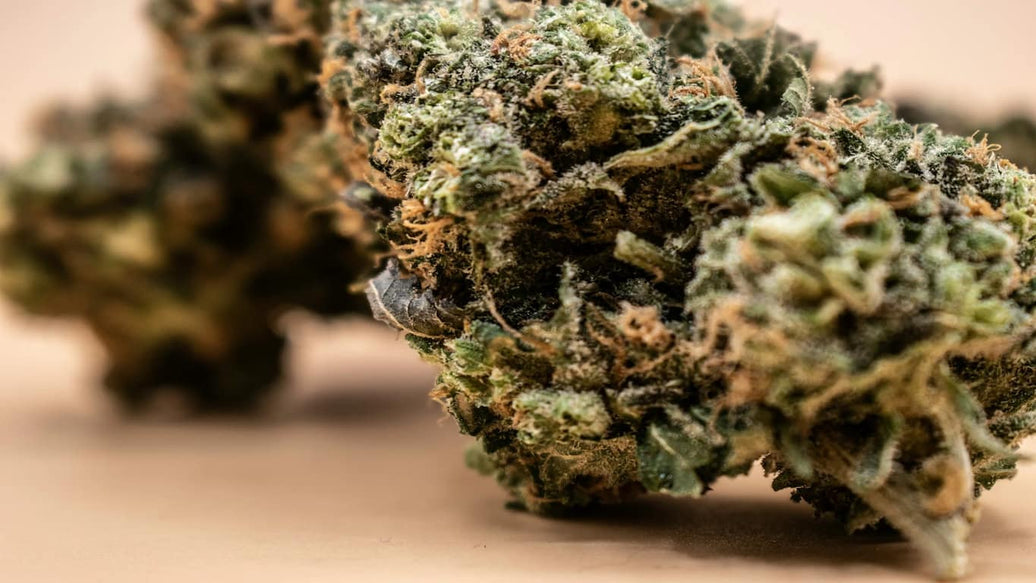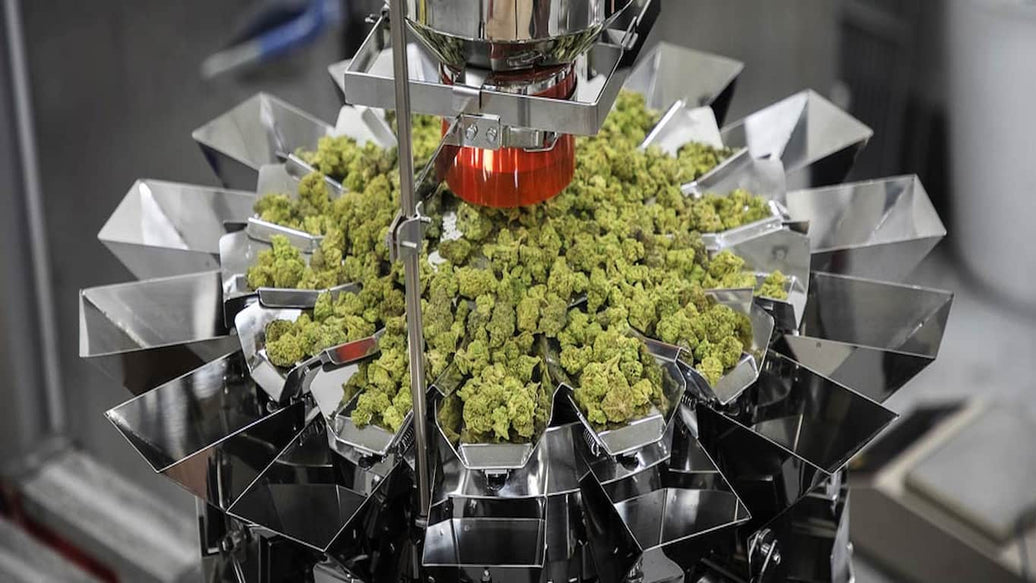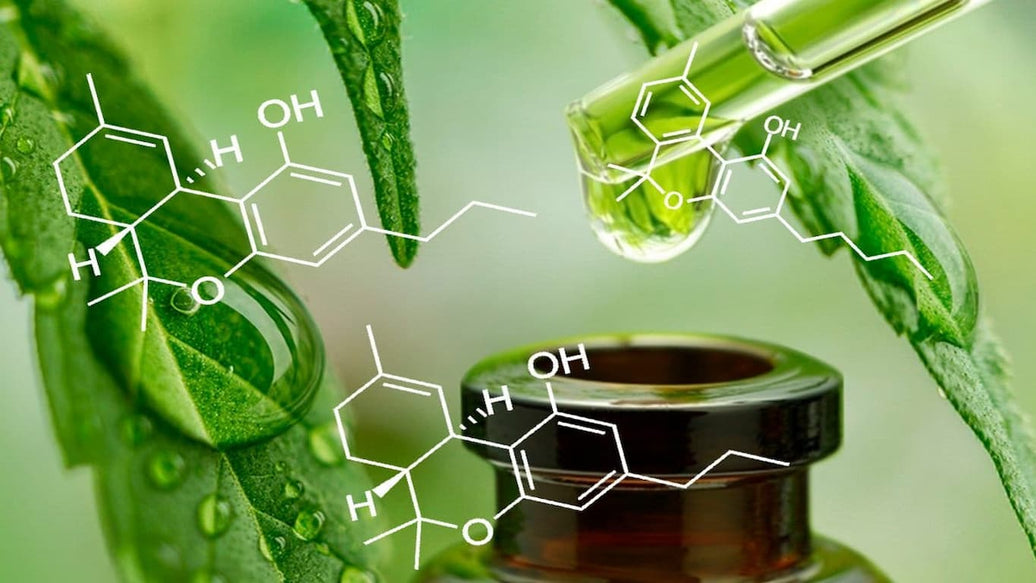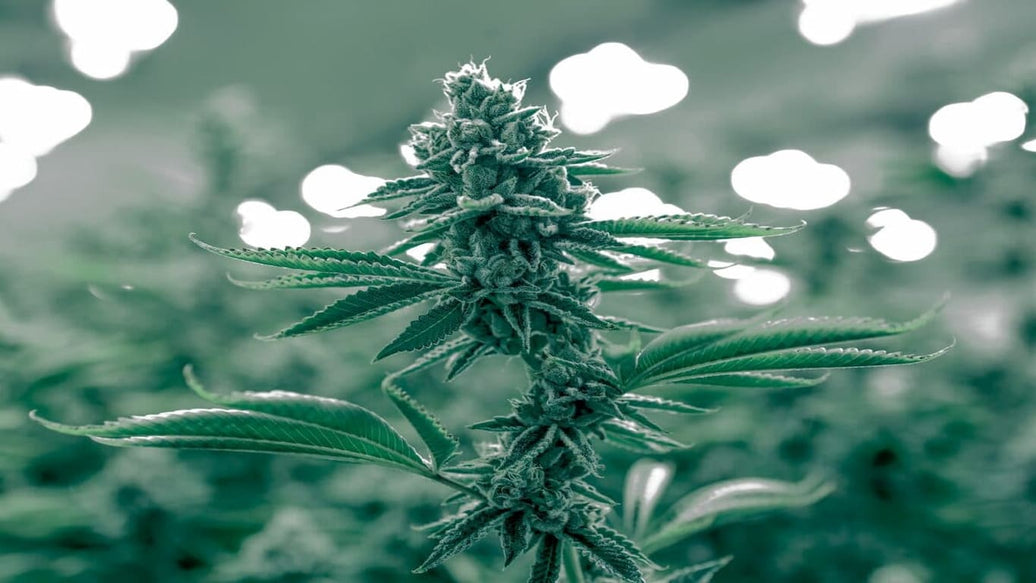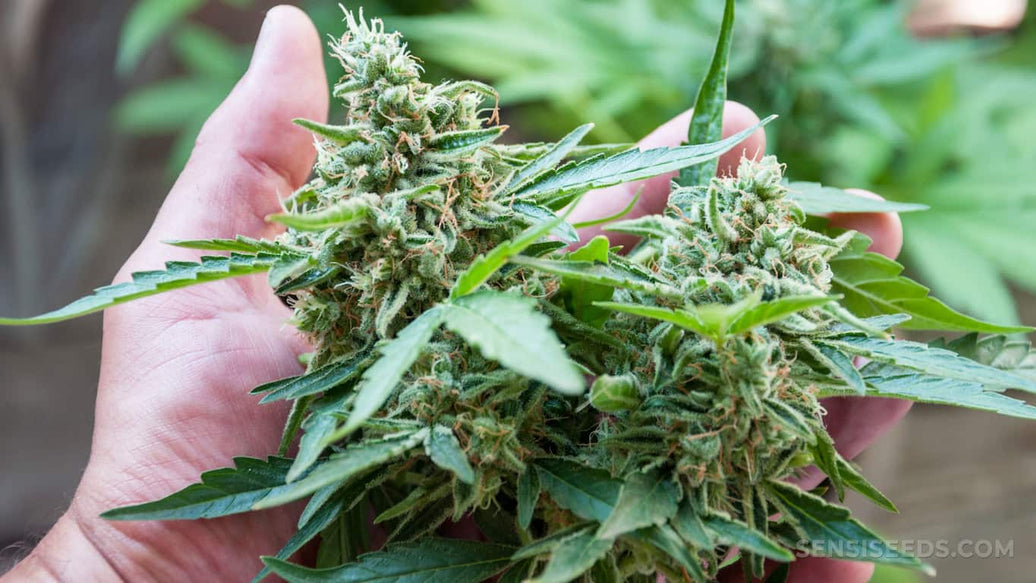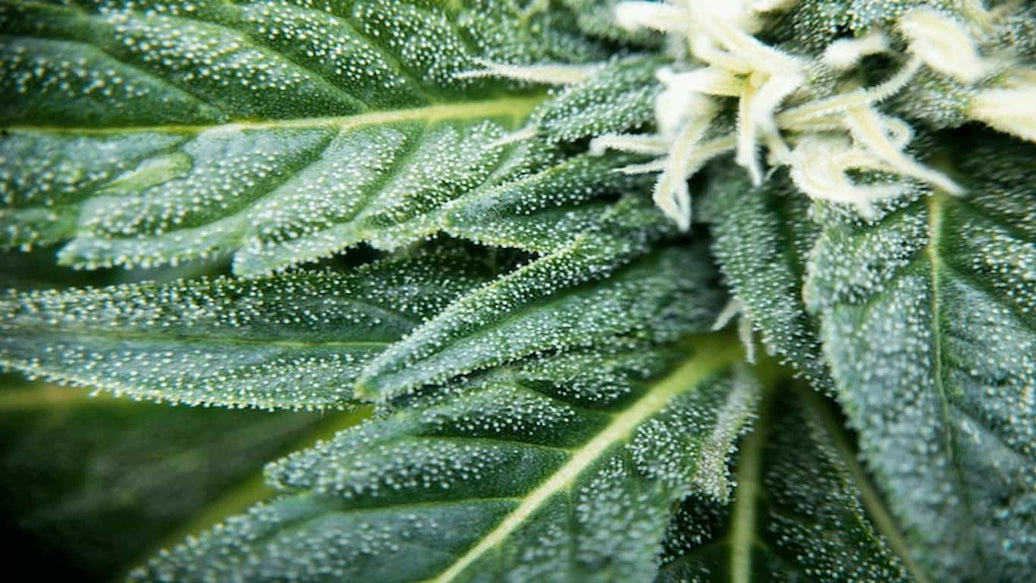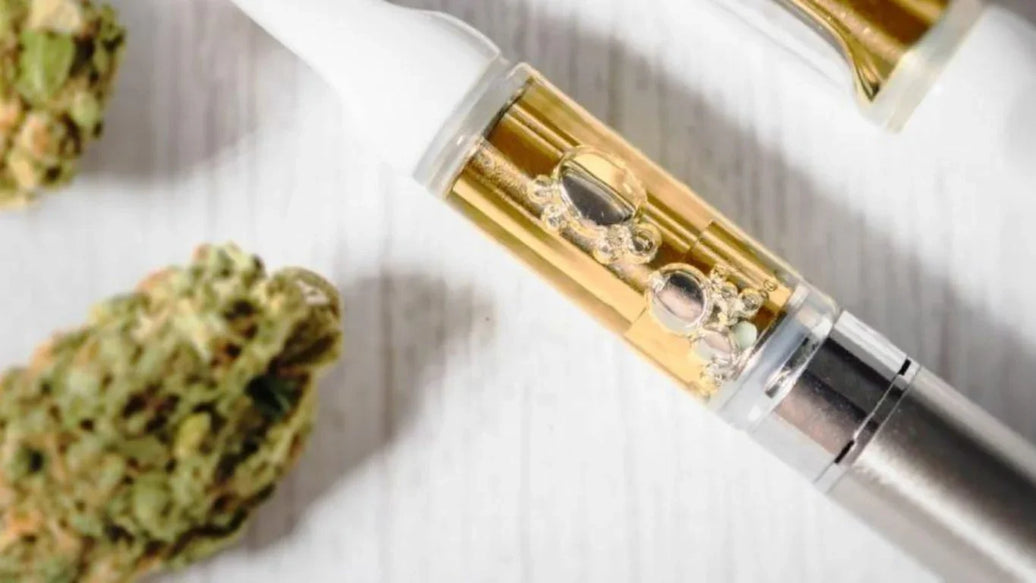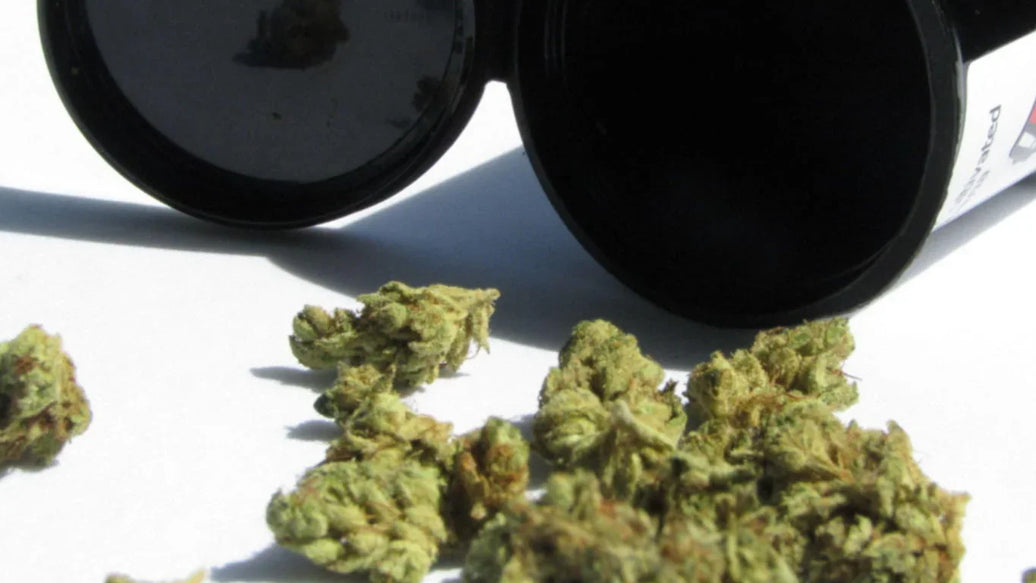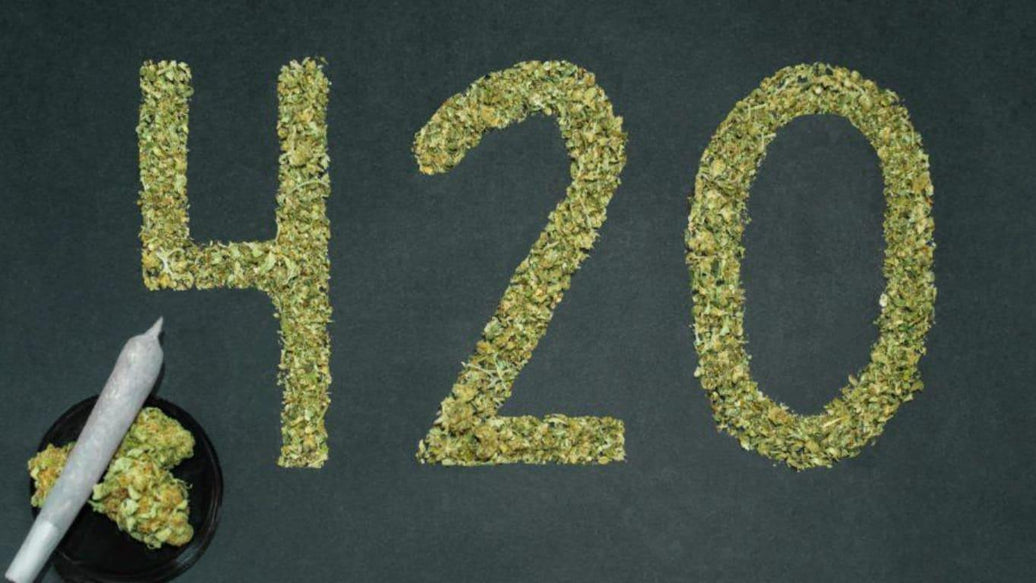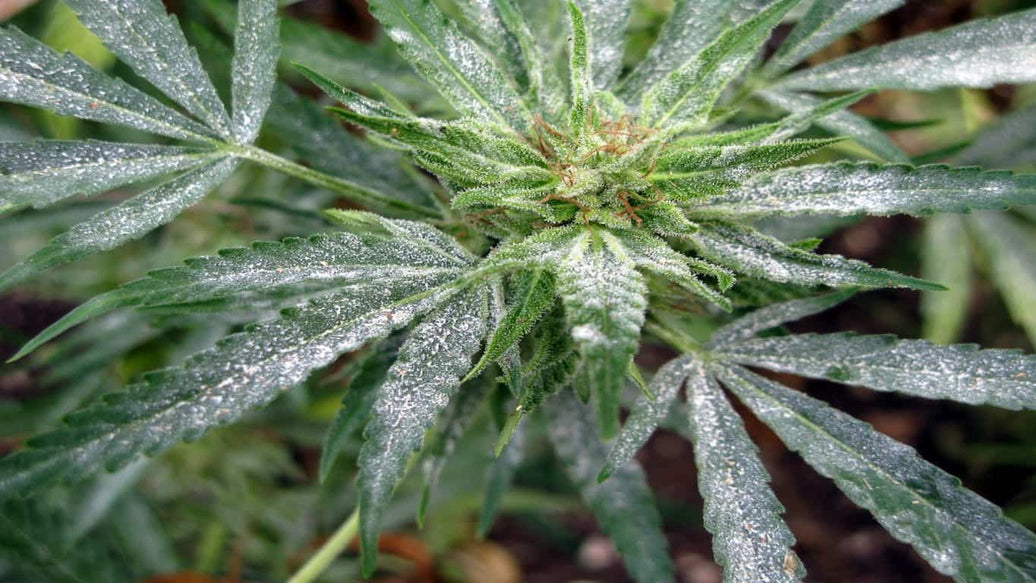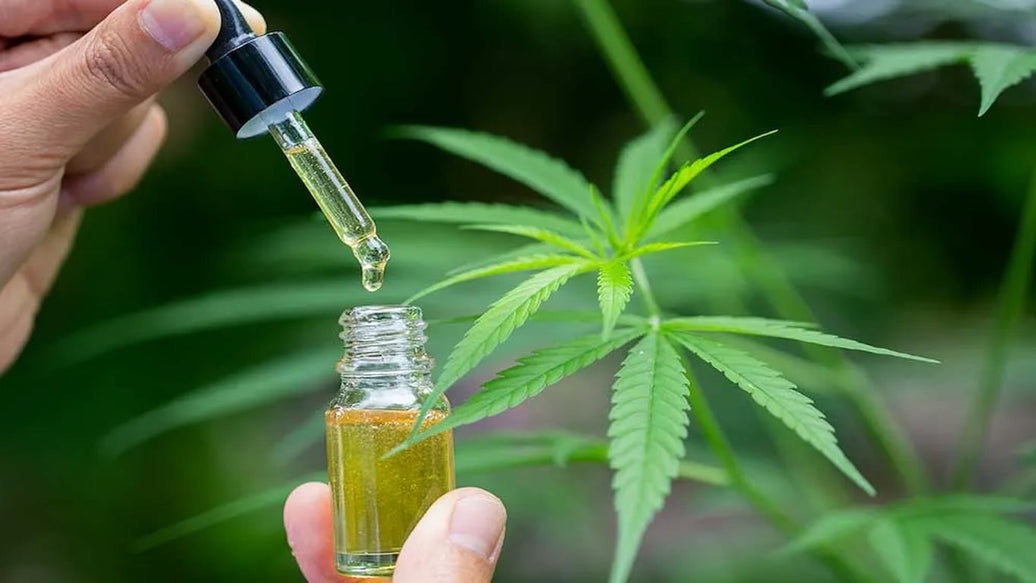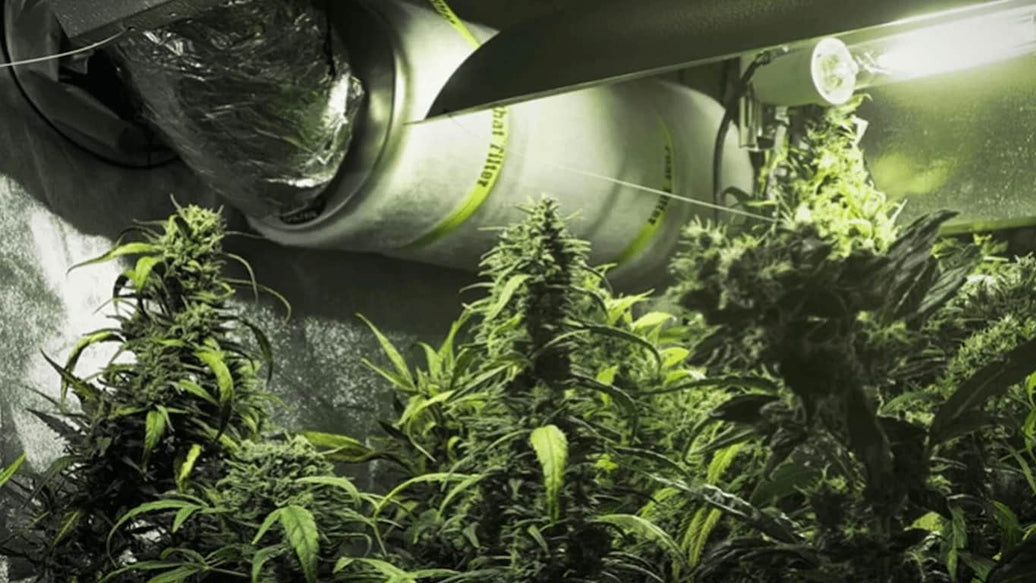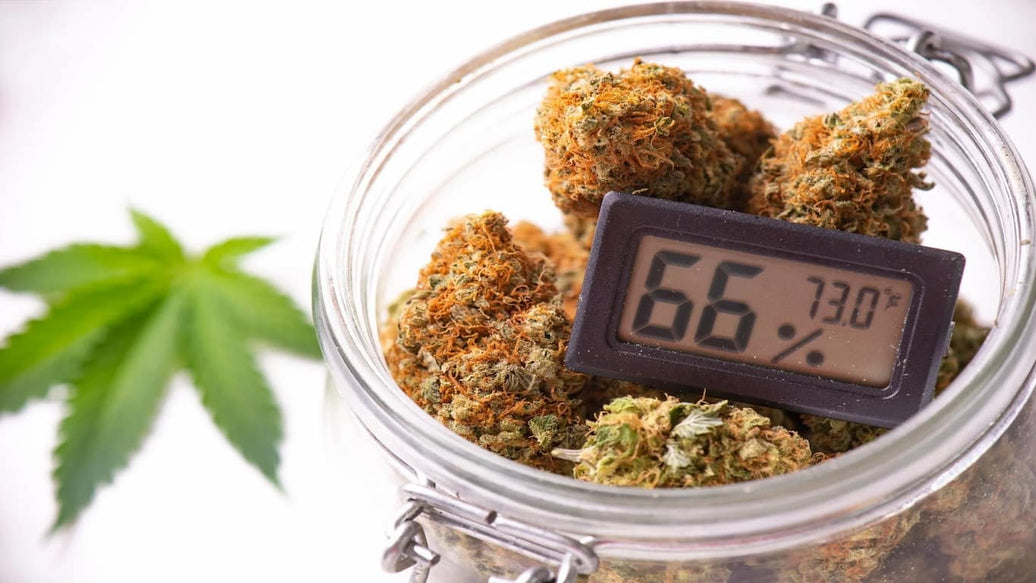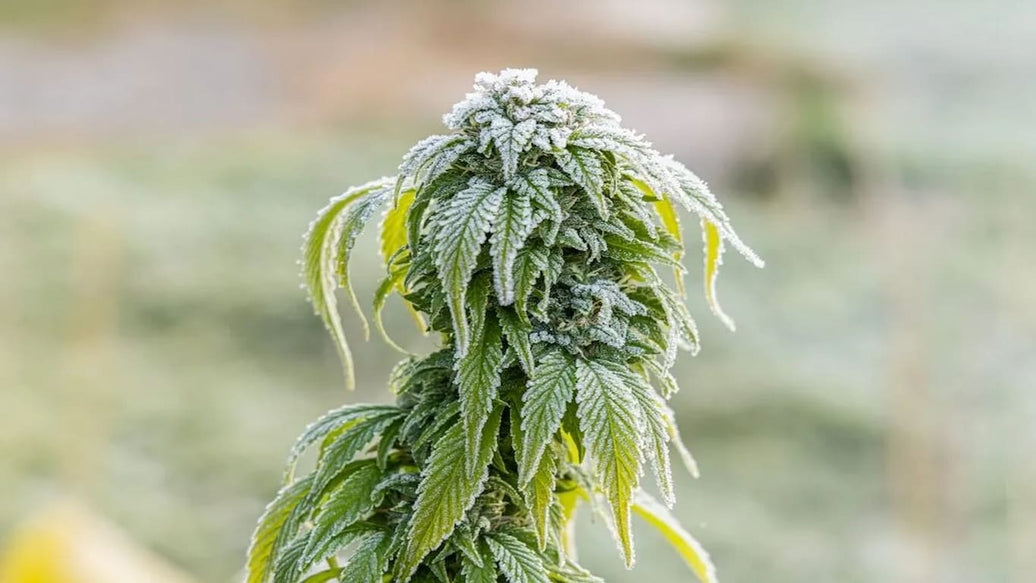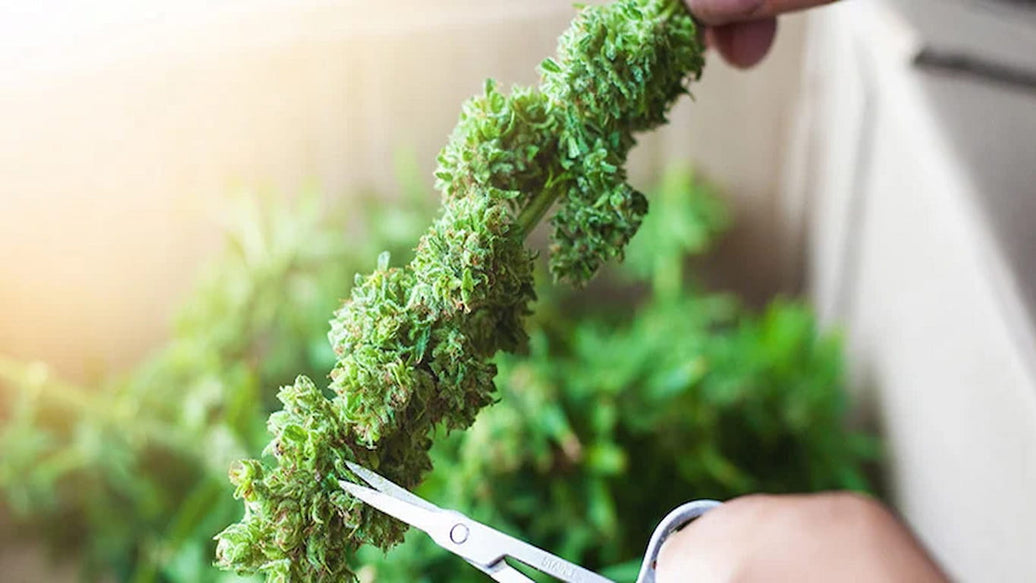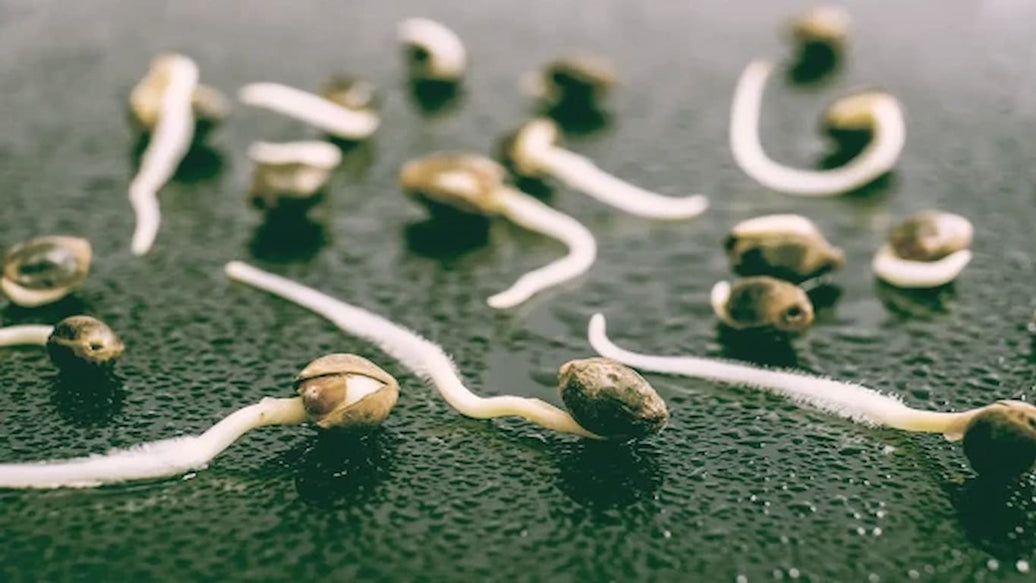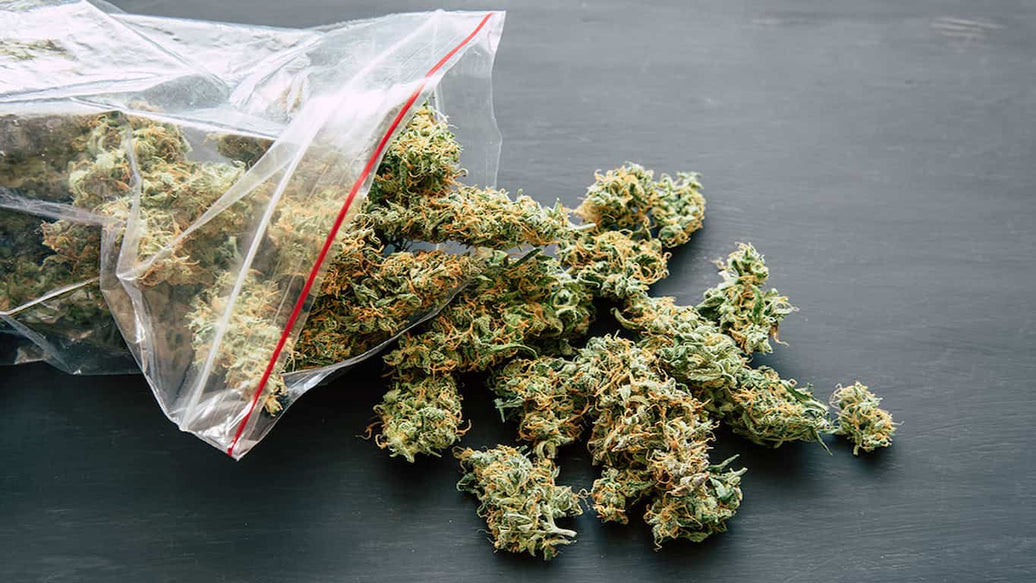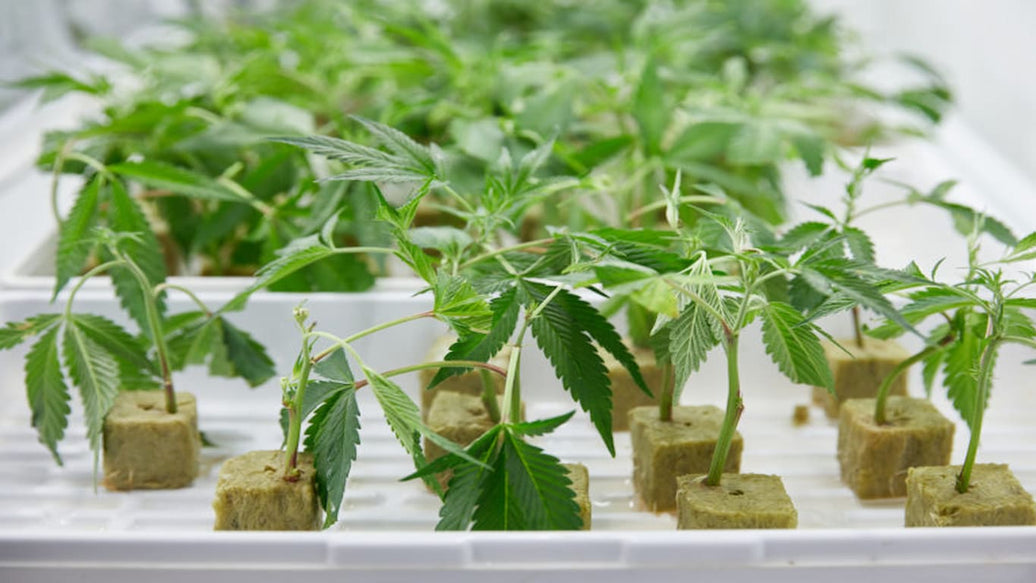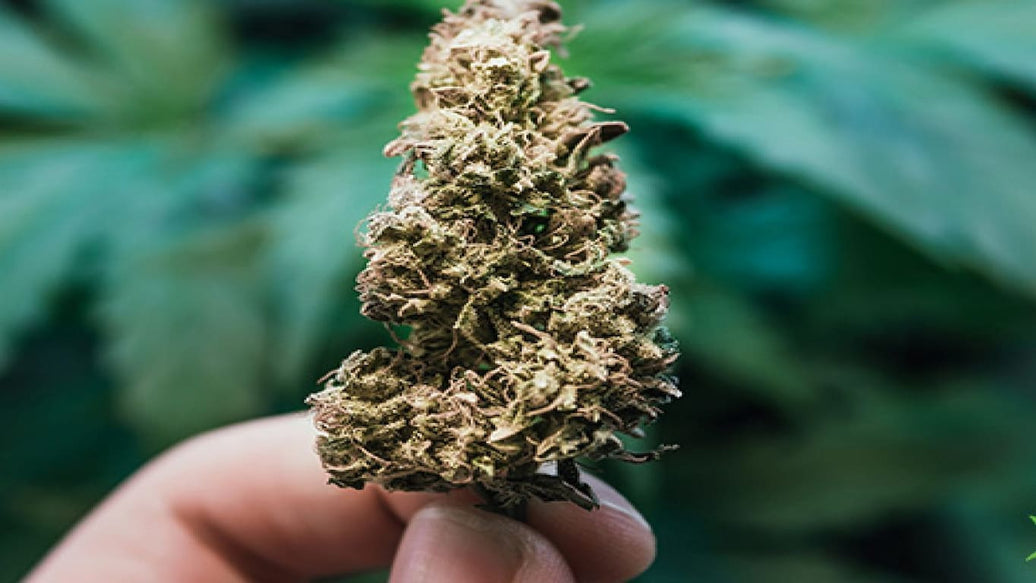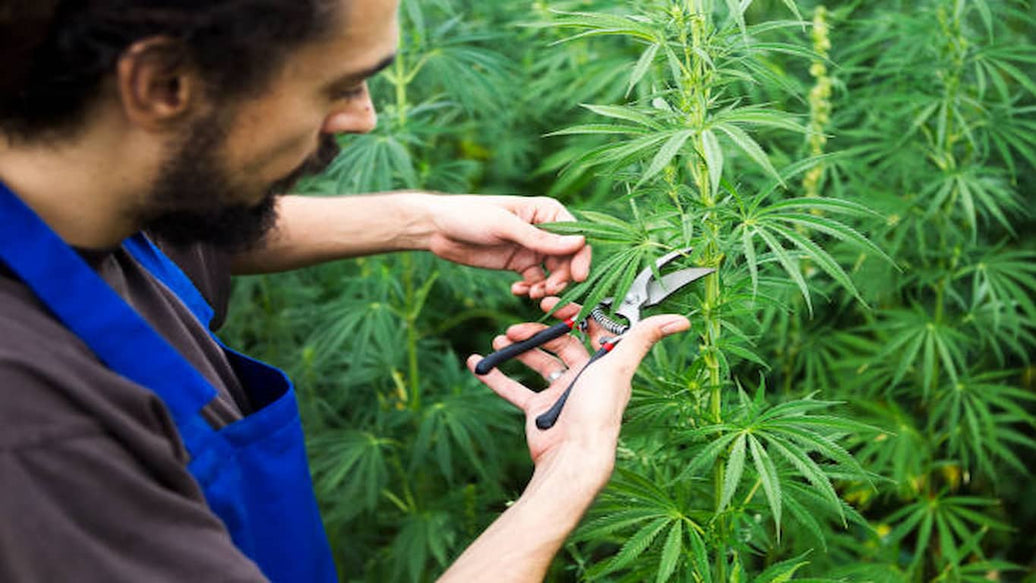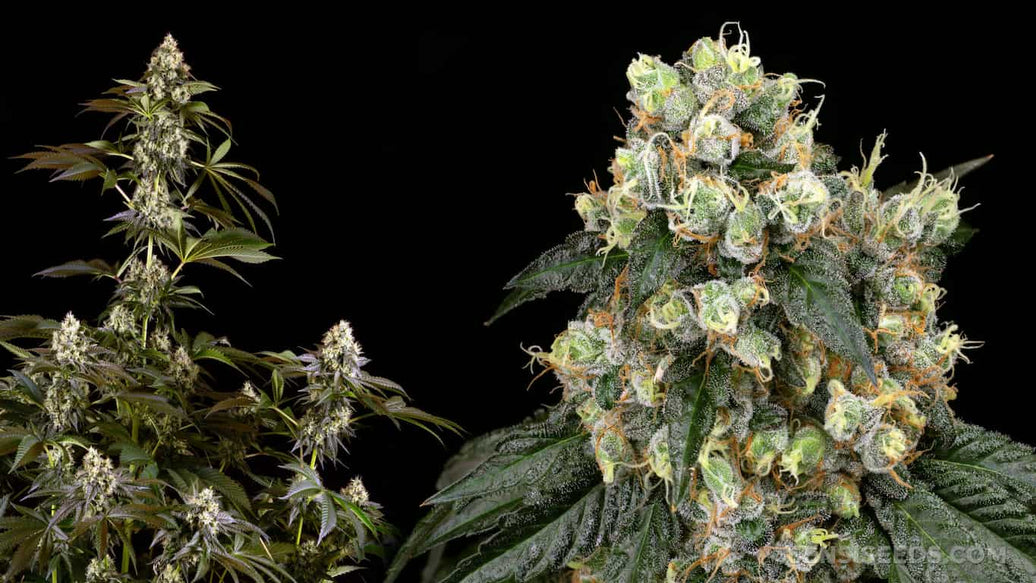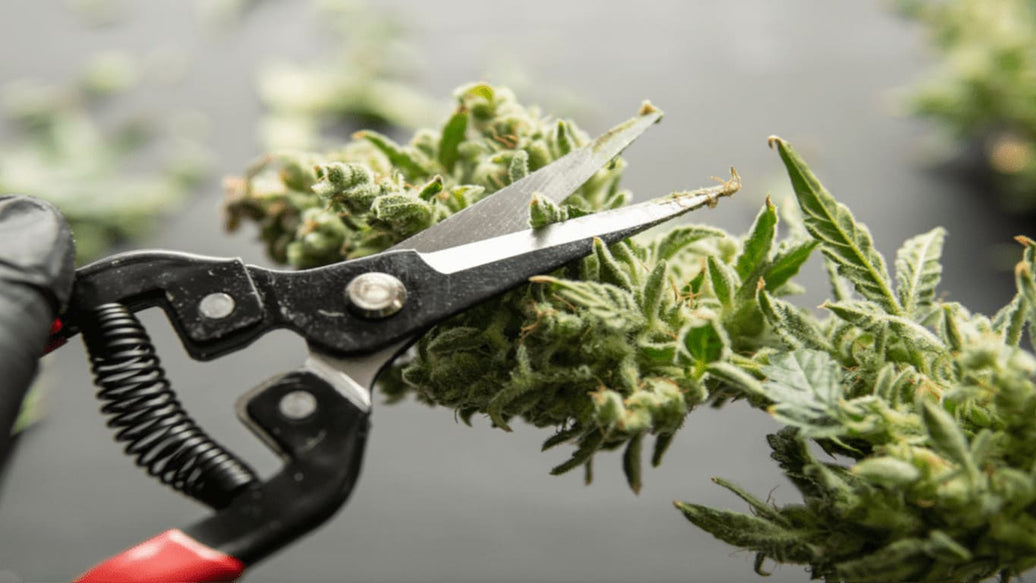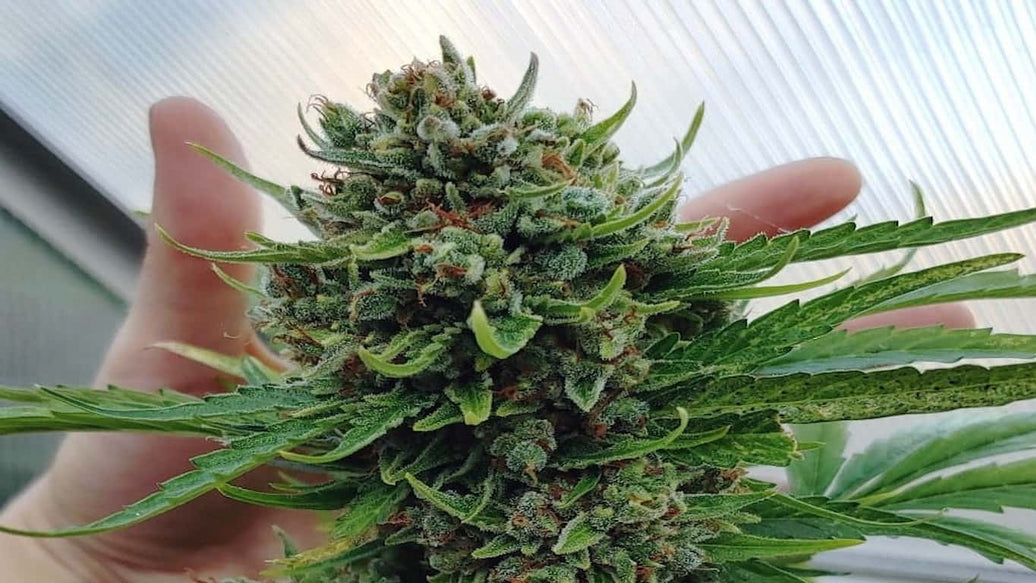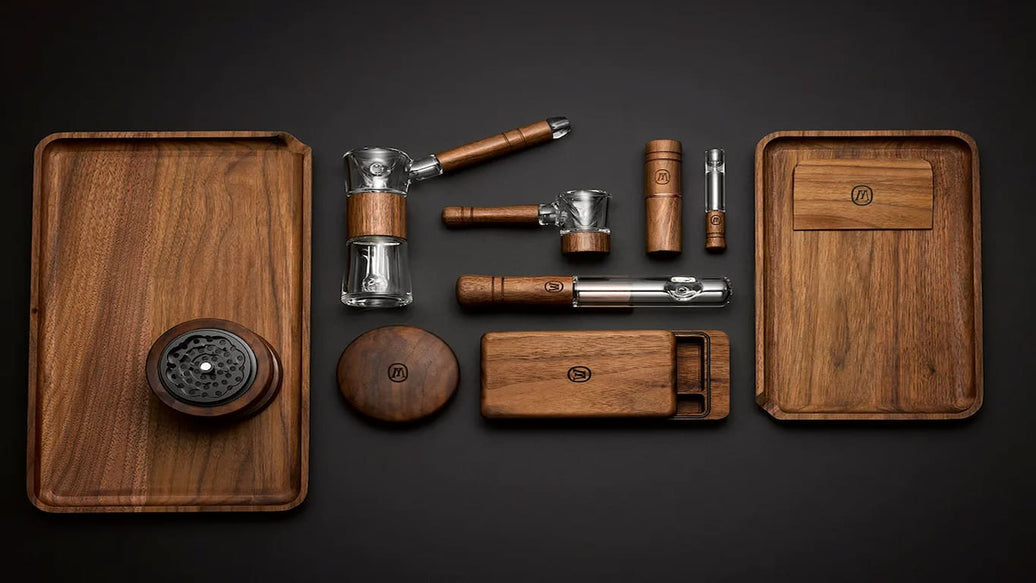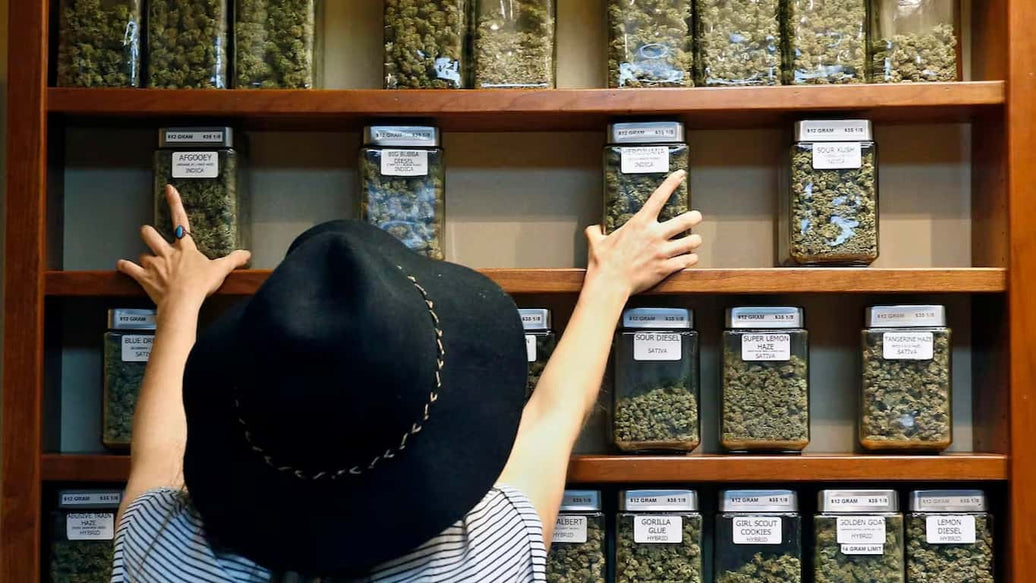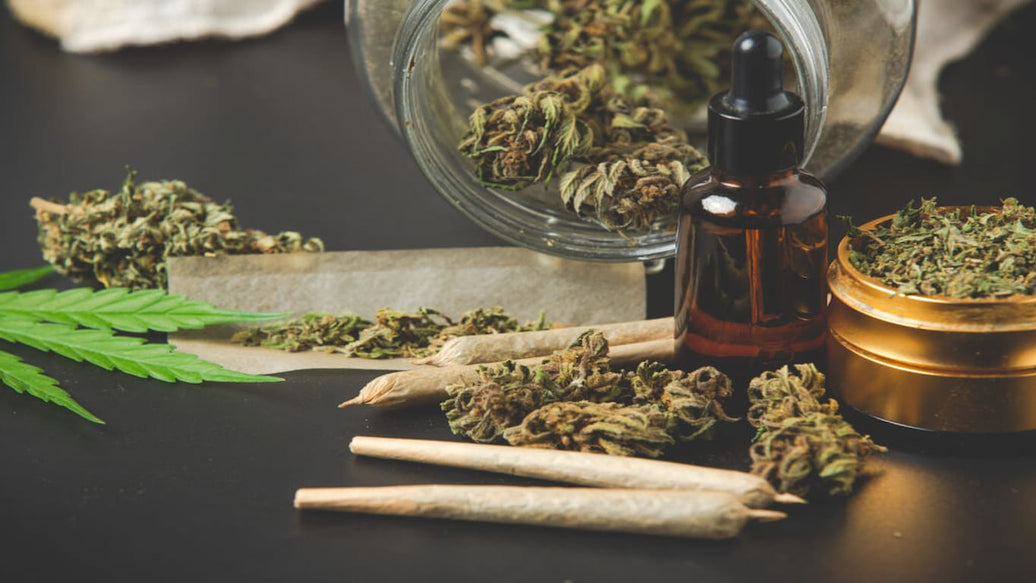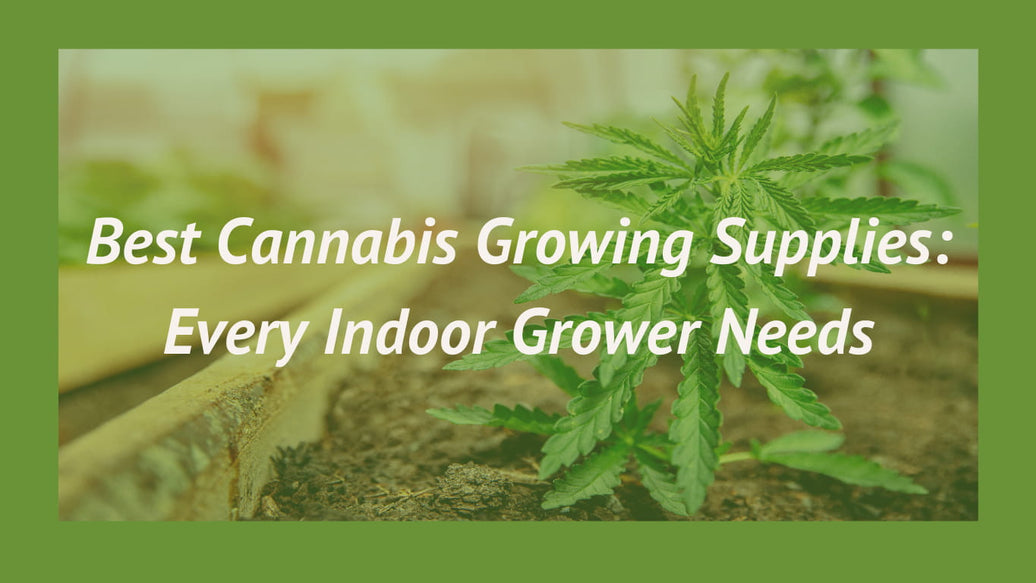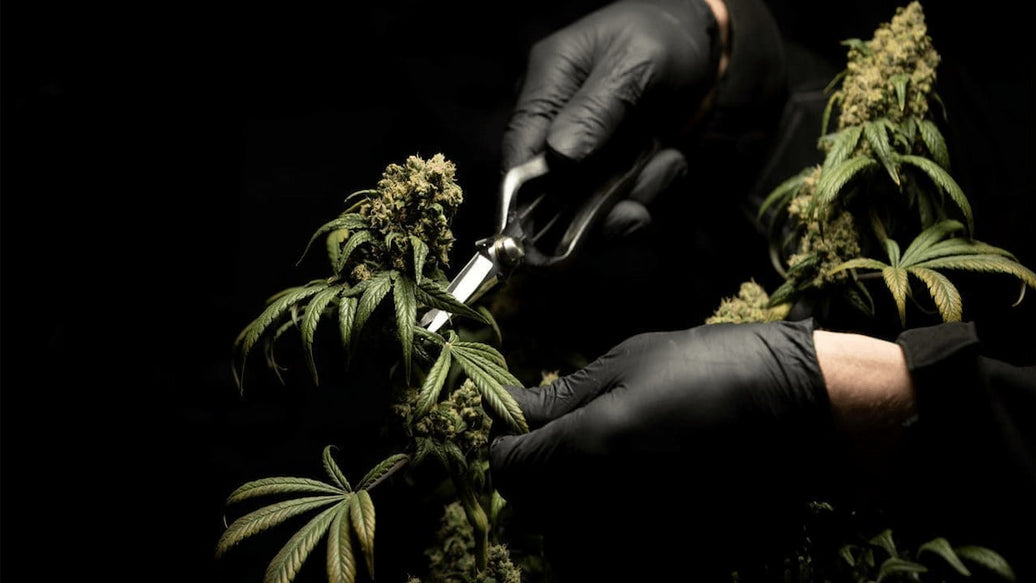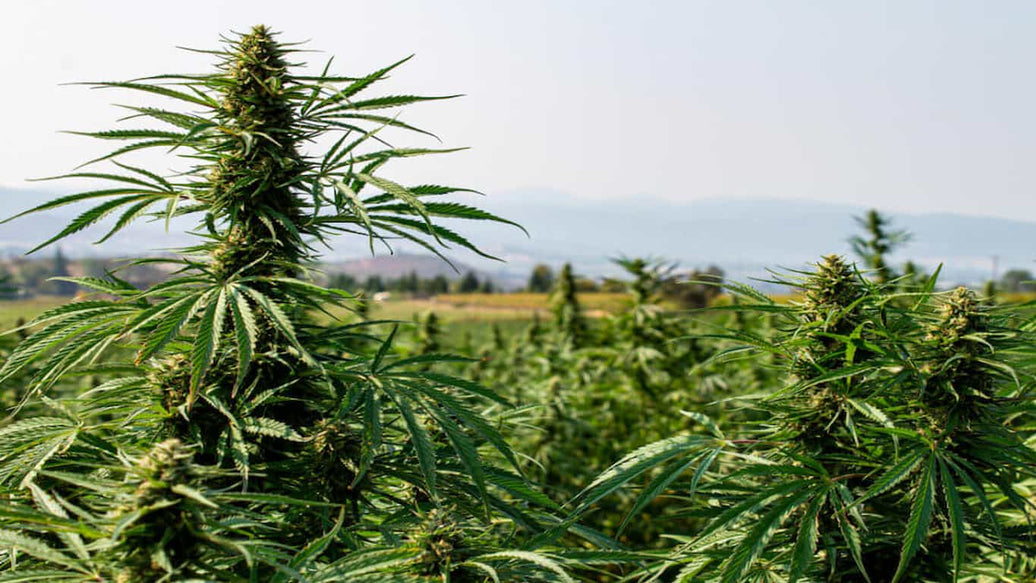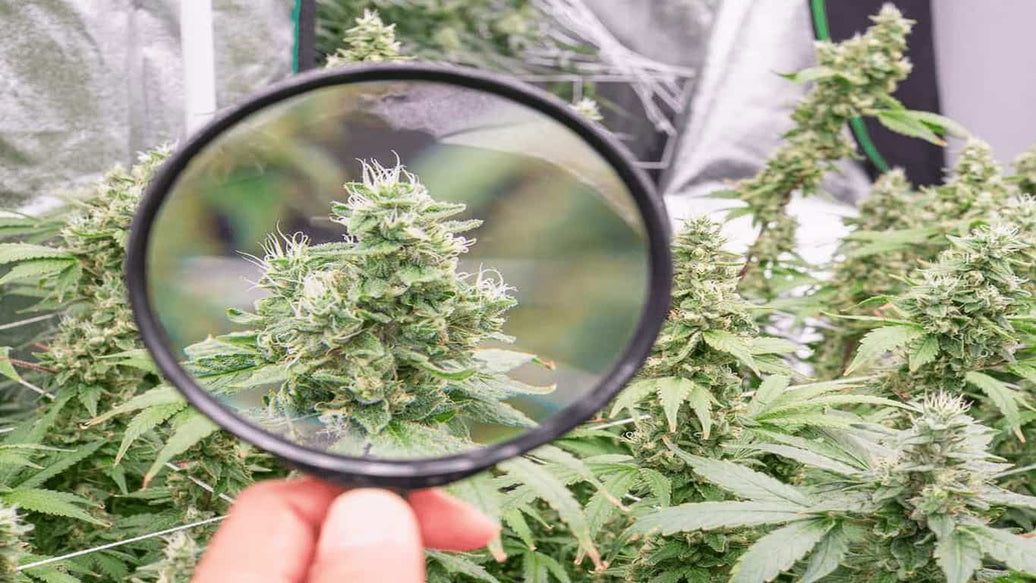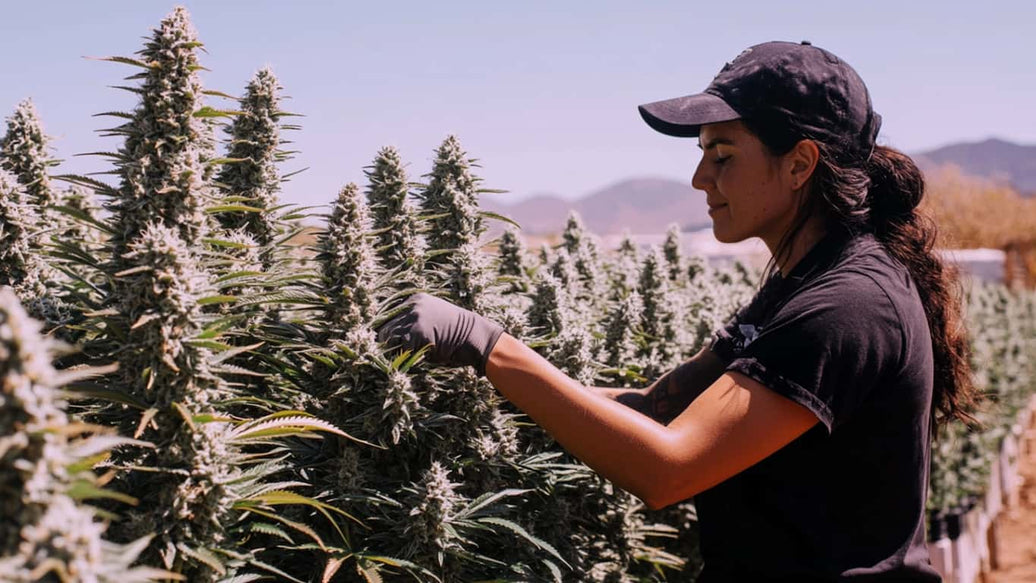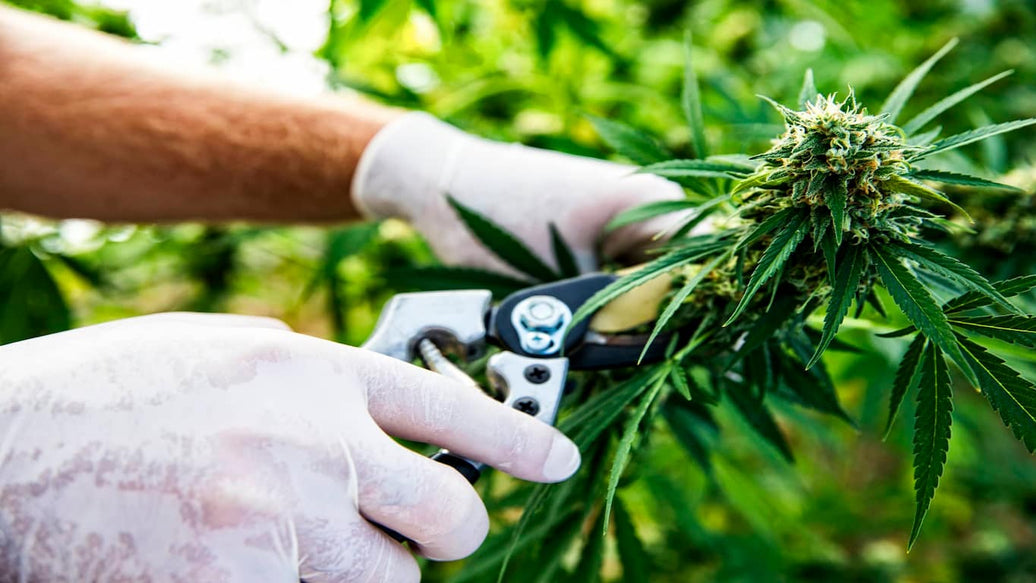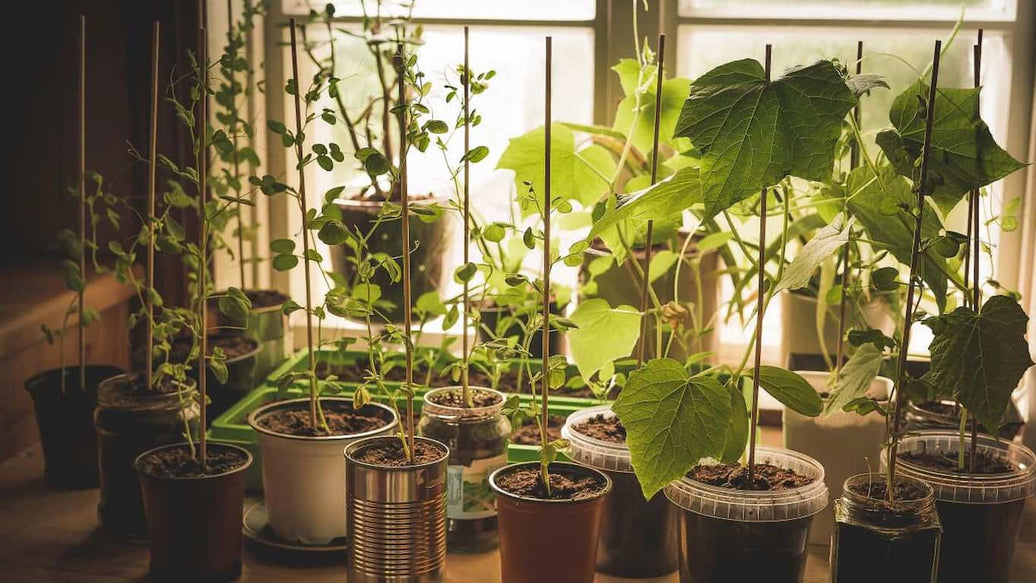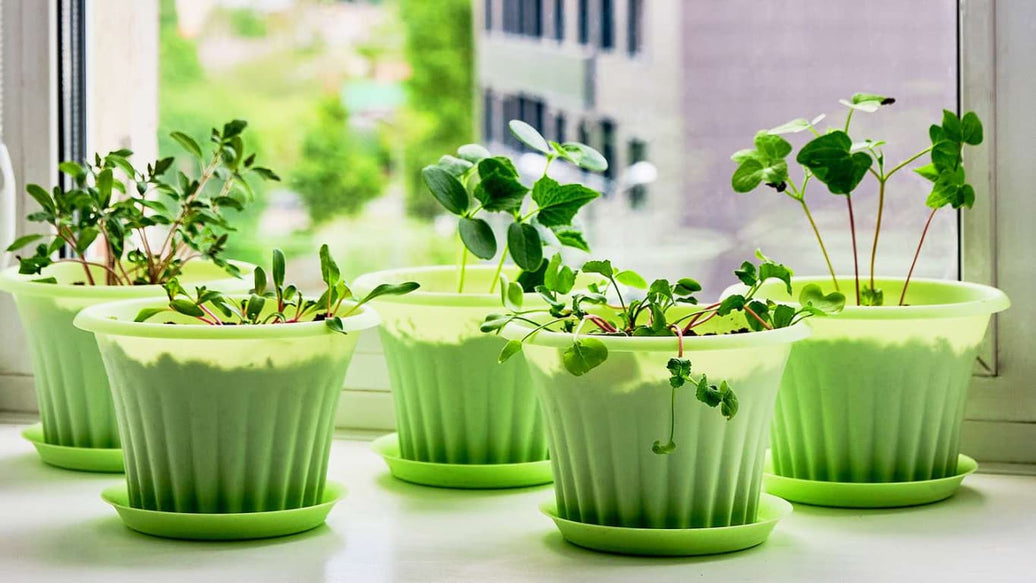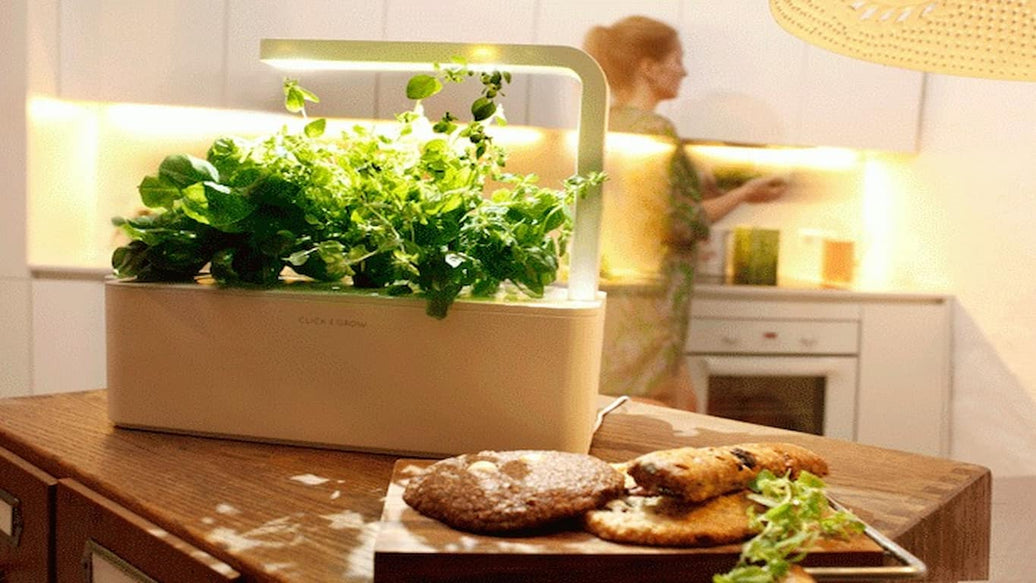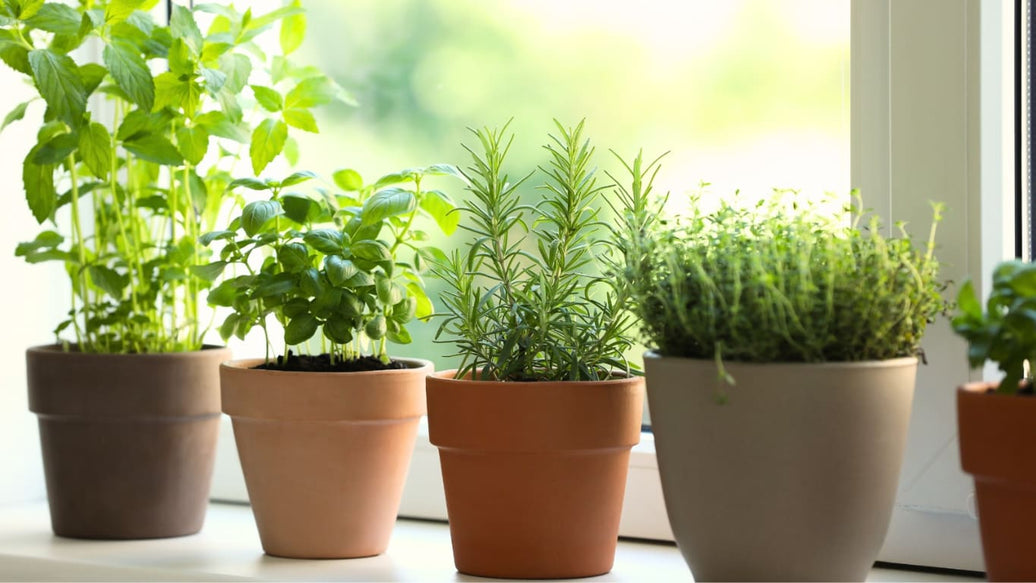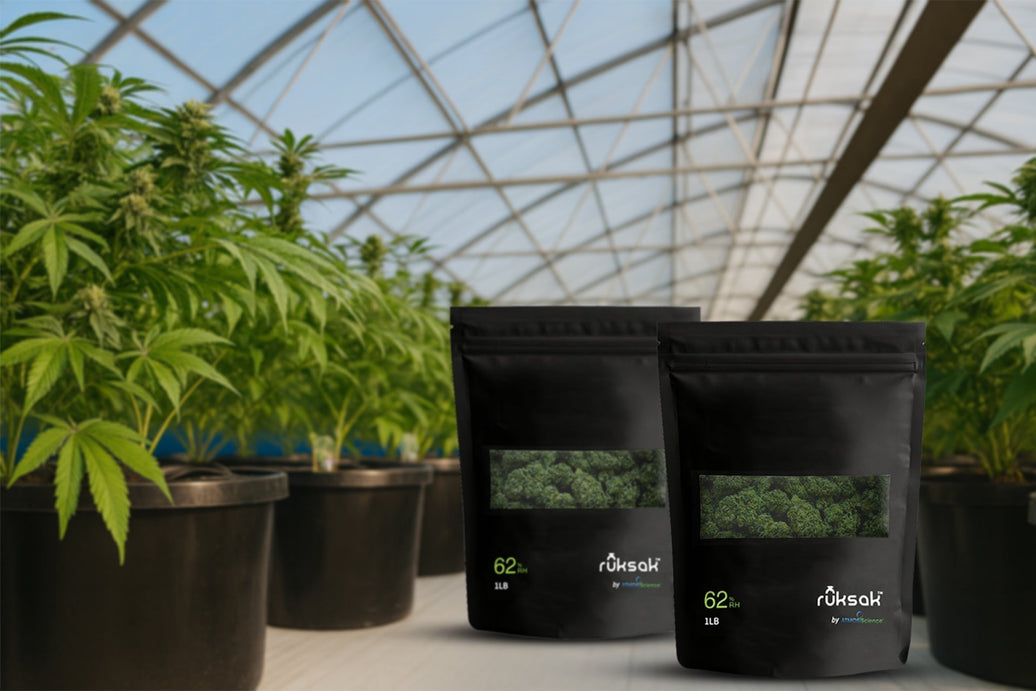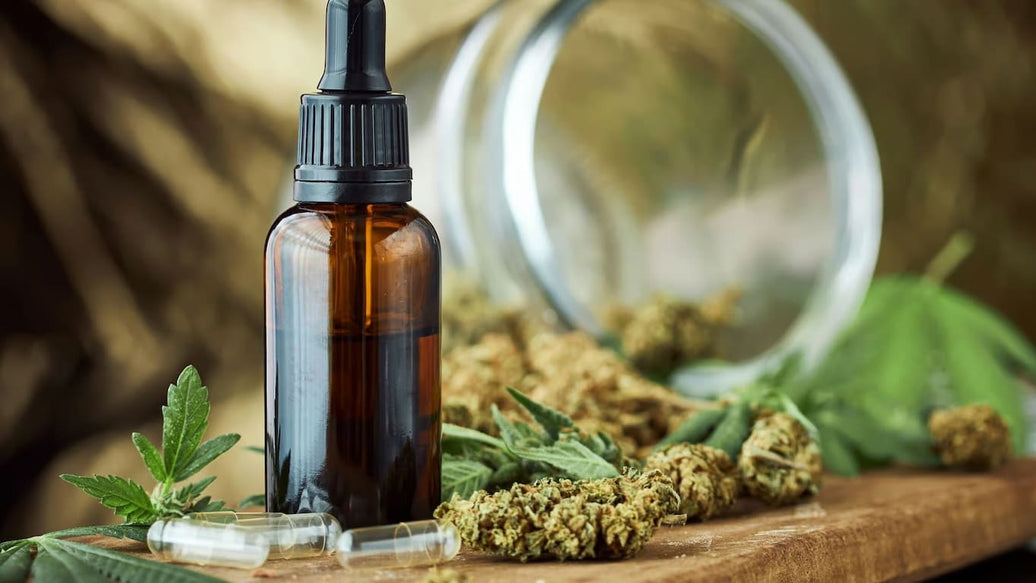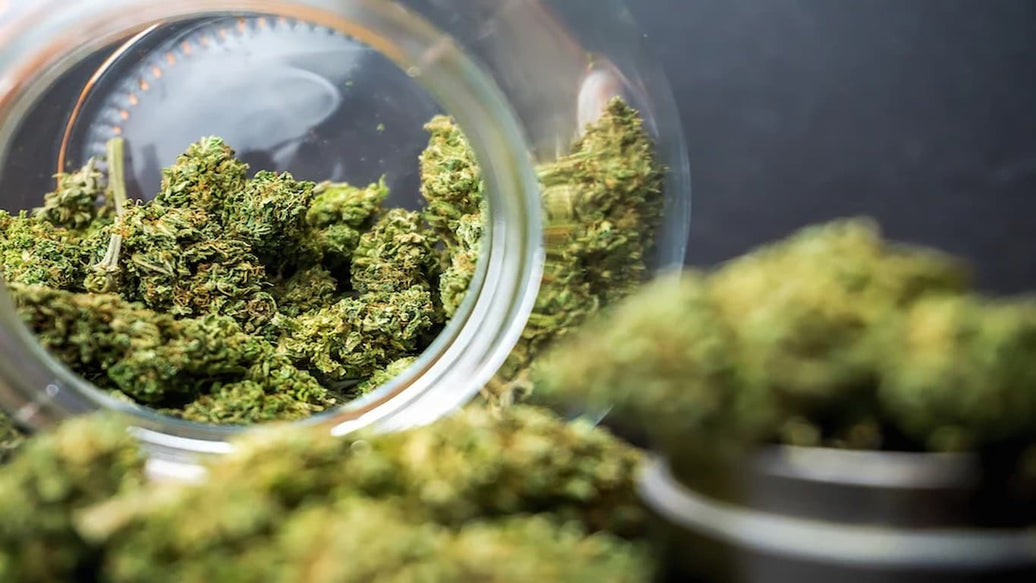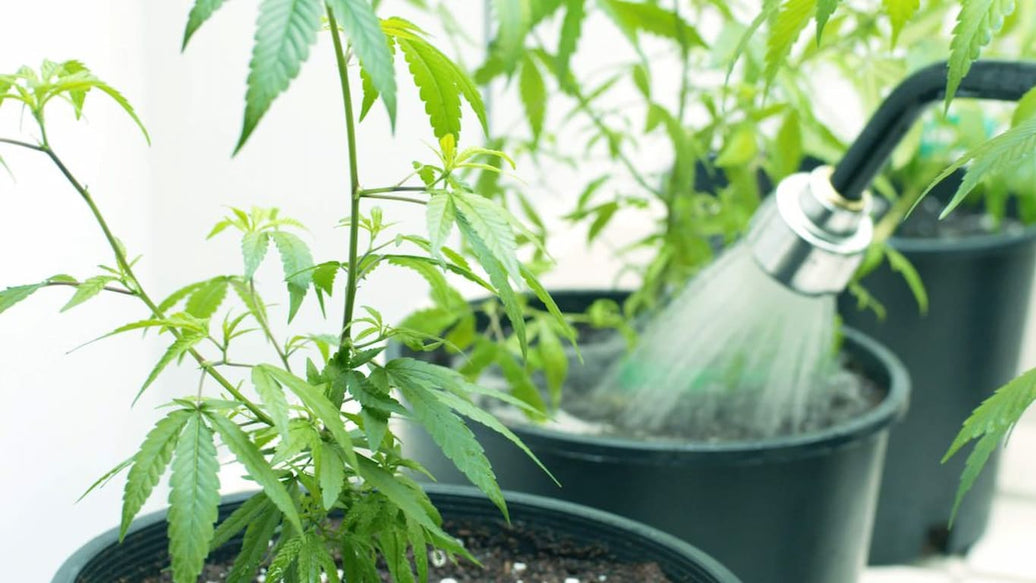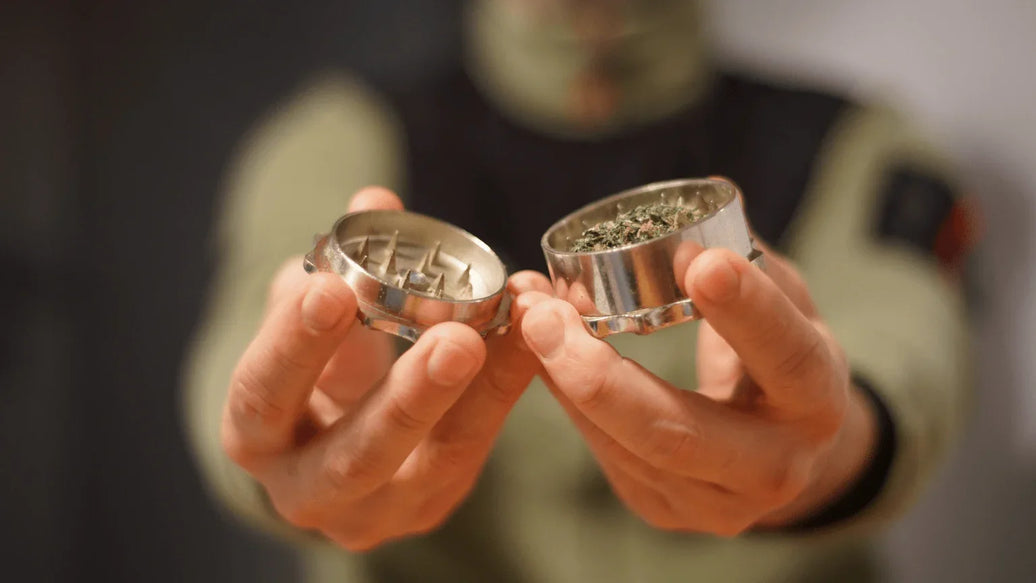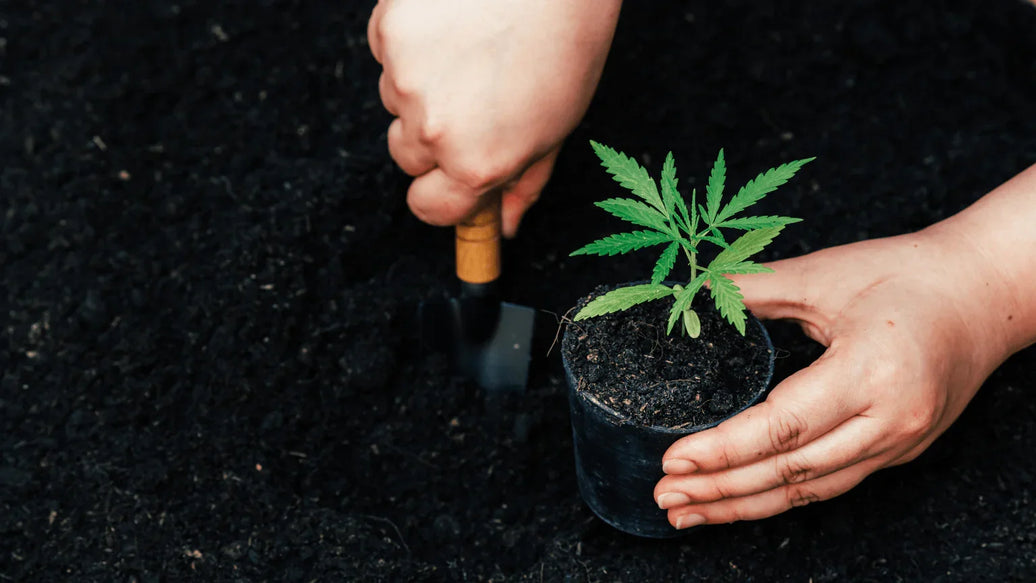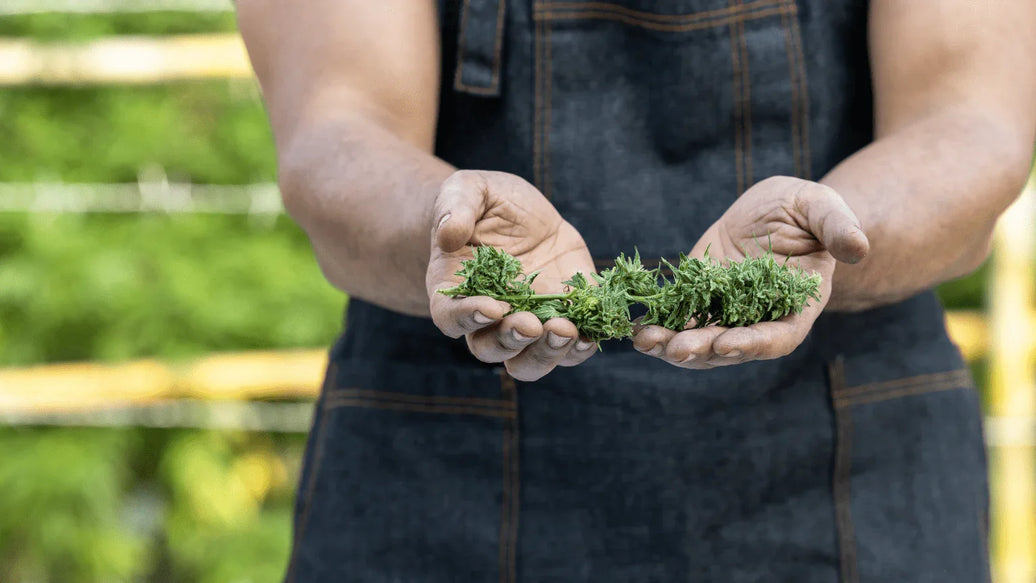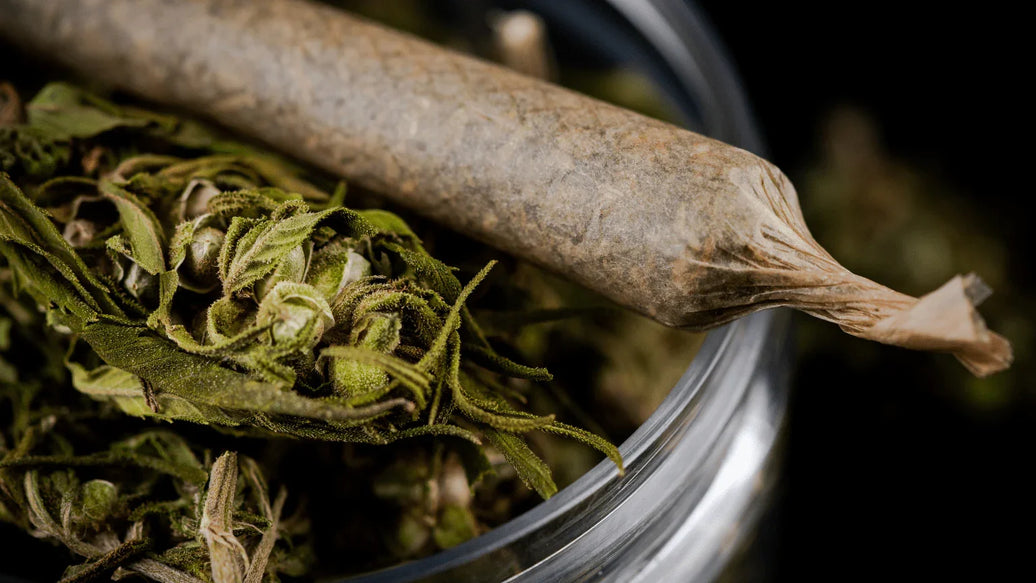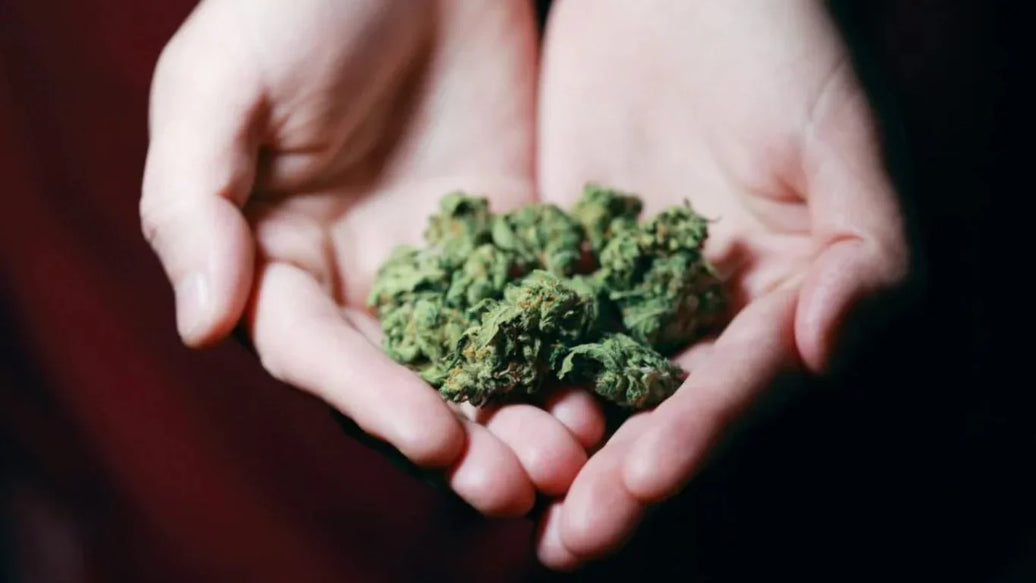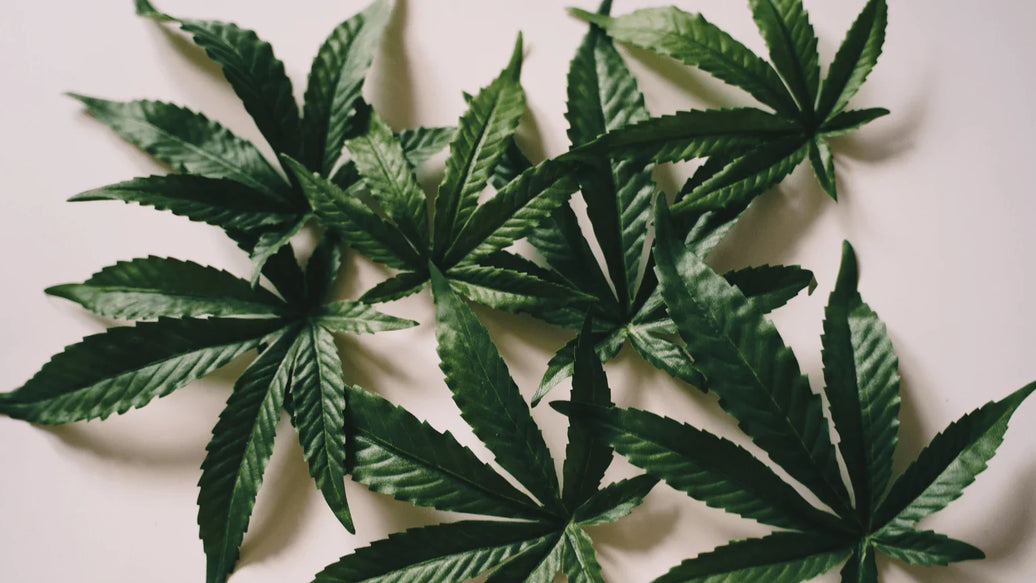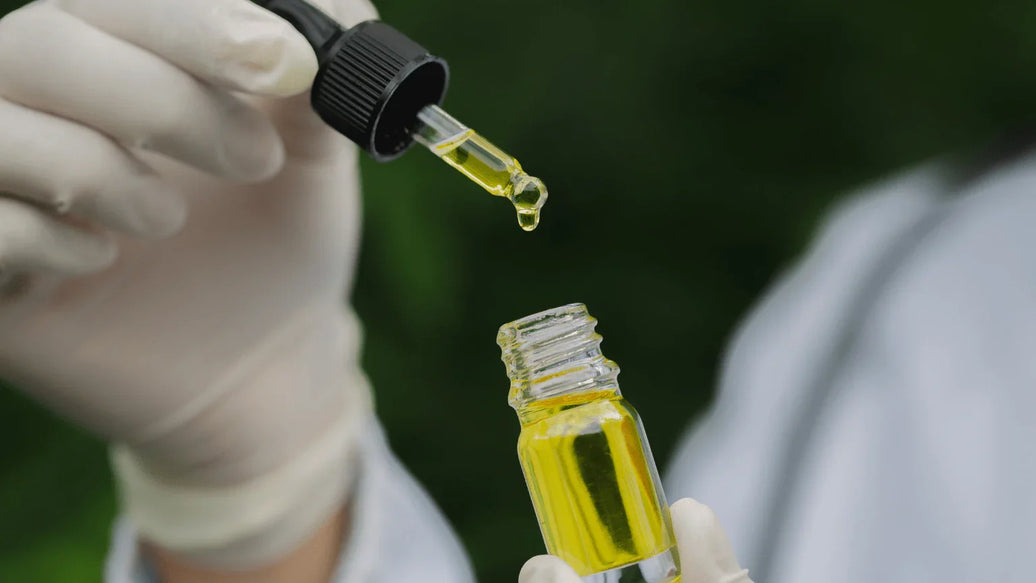Imagine meticulously growing, harvesting, and trimming premium cannabis buds—only to store them away in airtight containers and forget them. Without intentional burping cannabis jars, you risk trapping excess moisture and gases, which can degrade cannabinoids, muffle terpenes, and invite spoilage. Cannabis burping is simply the process of opening your containers—ideally glass jars—to exchange stale air for fresh air and regulate humidity. Understanding how long to burp cannabis and establishing a consistent routine distinguishes casual hobbyists from connoisseurs.
This blog dives deep into the biology of curing, detailed how to burp cannabis protocols, timing guidelines for how long to burp cannabis at each phase, and expert tips on monitoring your environment. Along the way, explore ATMOSIScience’s innovative products that automate and optimize your curing journey.

The biology behind curing and burping
Curing is not a static process. Even after drying, cannabis buds remain biologically active:
Respiration and gas exchange
Postharvest, residual moisture and living plant tissues continue to respire, producing carbon dioxide (CO₂) and trace water vapor. If left sealed, CO₂ accumulates, creating an anaerobic environment that can alter cannabinoid chemistry and contribute to off-flavors. Regular burping cannabis jars releases built-up CO₂ and ensures fresh oxygen enters, supporting a healthier, enzymatic transformation of cannabinoids.
Moisture redistribution
Dry buds often retain pockets of moisture in calyxes and crevices. Burping allows excess moisture to escape while ambient air slowly rehydrates drier outer surfaces, equalizing humidity within each jar. Ideal relative humidity (RH) within cured containers sits between 59% and 63%. Deviations above this range elevate mold risk; dips below accelerate terpene loss.
Terpene preservation
Terpenes—the volatile compounds responsible for cannabis’s signature aromas and flavors—are notoriously fragile. Overly dry conditions cause terpenes to evaporate; overly humid settings foster microbial activity that can degrade these aromatics. Mastering how to burp cannabis jars at the right frequency helps lock in complex terpene profiles for rich, nuanced smoke and vapor.
Microbial control
Excess moisture without airflow creates an ideal breeding ground for mold and mildew. Gentle, controlled burping cannabis introduces oxygen and dries hotspots while controlling RH, effectively preventing microbial bloom without over-drying the buds.

Timing and frequency: How long to burp cannabis
The timeline for how long to burp cannabis jars varies by curing stage. Below is a phase-by-phase analysis of optimal burping durations and frequencies:
Initial phase (Days 1–7)
- Frequency: Twice daily
- Duration: Open jars for 10–15 minutes each time
During this early stage, buds release the most moisture and CO₂. Rapid exchanges ensure RH settles toward the target range without creating overly dry outer layers.
Mid phase (Weeks 2–4)
- Frequency: Once daily to every 2–3 days
- Duration: 5–10 minutes per burp
By week two, moisture release slows. Daily monitoring remains important to sustain stable RH and avoid terpene loss. As humidity stabilizes, you can reduce open times.
Late phase (Week 5 Onward)
- Frequency: Weekly
- Duration: 5 minutes
At this point, the internal environment should be well-balanced. Occasional burps act as maintenance, transitioning buds into long-term storage. Consider integrating auto-burping jars or humidity-buffer packs to reduce manual intervention.
Understanding how long to burp cannabis when curing is critical: too brief, and gases linger; too extended, and you risk overdrying and terpene evaporation. Use a timer or smartphone reminder to maintain consistency.

Monitoring and tools
Achieving precise control over your curing environment requires the right instruments and accessories:
Hygrometers & humidity packs
- Digital hygrometers: Place a miniature digital hygrometer inside each jar to continuously log RH.
- 2-Way humidity packs: Humidi-Cure® from ATMOSIScience precisely buffers RH within narrow ranges, reducing the need for frequent manual burping cannabis jars.
Learn more about integrating Humidi-Cure® for fully automated curing at: https://atmosiscience.com/pages/humidi-cure

Visual and olfactory cues
- Ammonia smell: A sharp ammonia odor signals anaerobic conditions—open jars immediately.
- Crackling stems: Overly dry buds crack when bent, indicating RH has dropped too low.
Combining objective data from hygrometers with sensory checks ensures comprehensive monitoring.
Container selection and setup
Not all vessels are created equal for curing:
Glass jars vs. alternative vessels
- Glass jars: Preferred for being inert and airtight, preserving flavor and potency.
- Stainless steel and turkey bags: May be useful for rapid bulk processing but lack visual monitoring and precise humidity buffering.
Enhance your setup with ATMOSIScience’s Jar Liners, integrated directly into the lid to regulate humidity from the inside.

Jar preparation
- Capacity: Fill jars to about 70%–75% full—enough headspace for airflow without excessive oxygen.
- Sanitation: Sterilize jars with isopropyl alcohol and air-dry thoroughly to prevent contamination.
- Light control: Store jars in a dark cabinet or closet to prevent UV degradation of cannabinoids and terpenes.
For bulk cures, explore ATMOSIScience’s 1 lb Ruksak Bags, designed for effective microbursts of airflow in large-volume contexts.

Common challenges and solutions
Even seasoned growers encounter hiccups in the curing phase. Here’s how to troubleshoot:
Over-burping
Excessive opening can drop RH too low, accelerating terpene evaporation. Solution: Rely on humidity-buffer packs and reduce burp frequency once stability is achieved.
Under-burping
Skipping burps leads to gas build-up and mold hotspots. Solution: Set daily alarms during the critical first two weeks and monitor hygrometer spikes.
Environmental fluctuations
Temperature swings beyond 18–21 °C shift RH rapidly. Solution: Cure in a climate-controlled room or storage chest and avoid placing jars near heat sources or vents.
Explore more our blog: “How to Keep Weed Fresh for Months: Top Proven Storage Tips”.
Conclusion
Mastering burping cannabis jars is both an art and a science. By understanding plant respiration, moisture dynamics, and terpene preservation, growers can fine-tune how long to burp cannabis jars at each curing stage. Leverage digital hygrometers, humidity-buffer packs, and ATMOSIScience’s automated Humidi-Cure® to simplify the process and safeguard valuable cannabinoids and terpenes.
Elevate your cannabis from good to exceptional—begin integrating these research-backed burping techniques and explore ATMOSIScience’s suite of curing accessories today.

